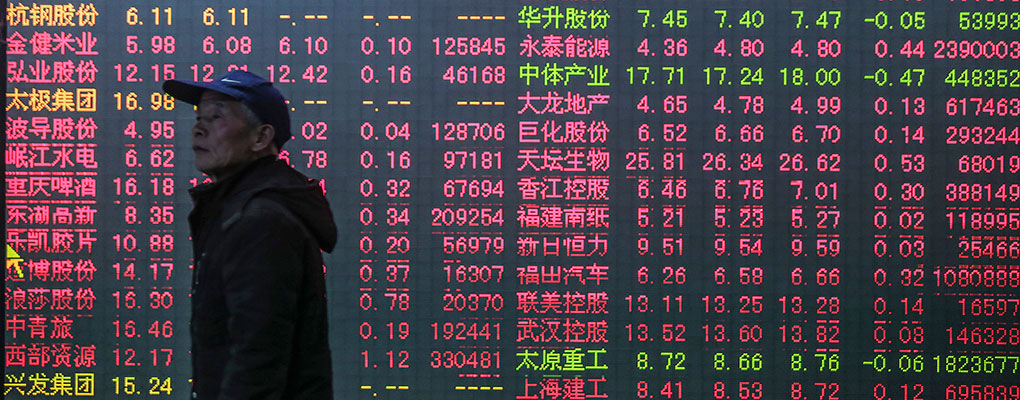
According to figures from the Netherlands Bureau for Economic Policy’s World Trade Monitor, there has been a sharp contraction in world trade volume this year. The first quarter of 2015 saw a 1.5 percent decline, followed by a 0.5 percent fall in the second quarter – amounting to the biggest recorded decrease in world trade in six years.
Principally, China has seen its rate of growth figures dwindle, taking with it its stimulus for the world economy
For decades it has been a generally accepted rule that the growth of world trade, outside of specific circumstances, outstrips the growth of the global economy. As a paper published at Brown University by Mark Dean and Maria Sebastia-Barriel notes, “between 1980 and 2002, world trade has more than tripled while world output has ‘only’ doubled. The rise in trade relative to output is common across countries and regions.” Whether or not these latest figures point to an end of this trend – suggesting the world economy has surpassed the peak of globalisation – depends on what this slowdown of trade is attributed to.
The contraction in world trade may be seen as stemming from a number of slowdowns within the global economy. Principally, China has seen its rate of growth figures dwindle, taking with it its stimulus for the world economy. At the same time, 2015 has seen Europe’s recovery slow, further weakening global demand. These could be seen as temporary blips in the world economy causing a downturn in trade figures, suggesting trade will once again pick up and return to normal patterns.
However, more structural changes in the global economy could be behind the contraction in trade. As the Financial Times notes, there is “a pattern of manufacturers deciding to shorten their global supply chains and bring production closer to home as part of a “nearshoring” and even “reshoring” movement.” Further, the position of certain countries within the global economy has recently been subject to change, such as the US turning from a net energy importer to exporter, and China seemingly transitioning away from its export-led model of growth, both of which would create a toll on world trade volume figures.


